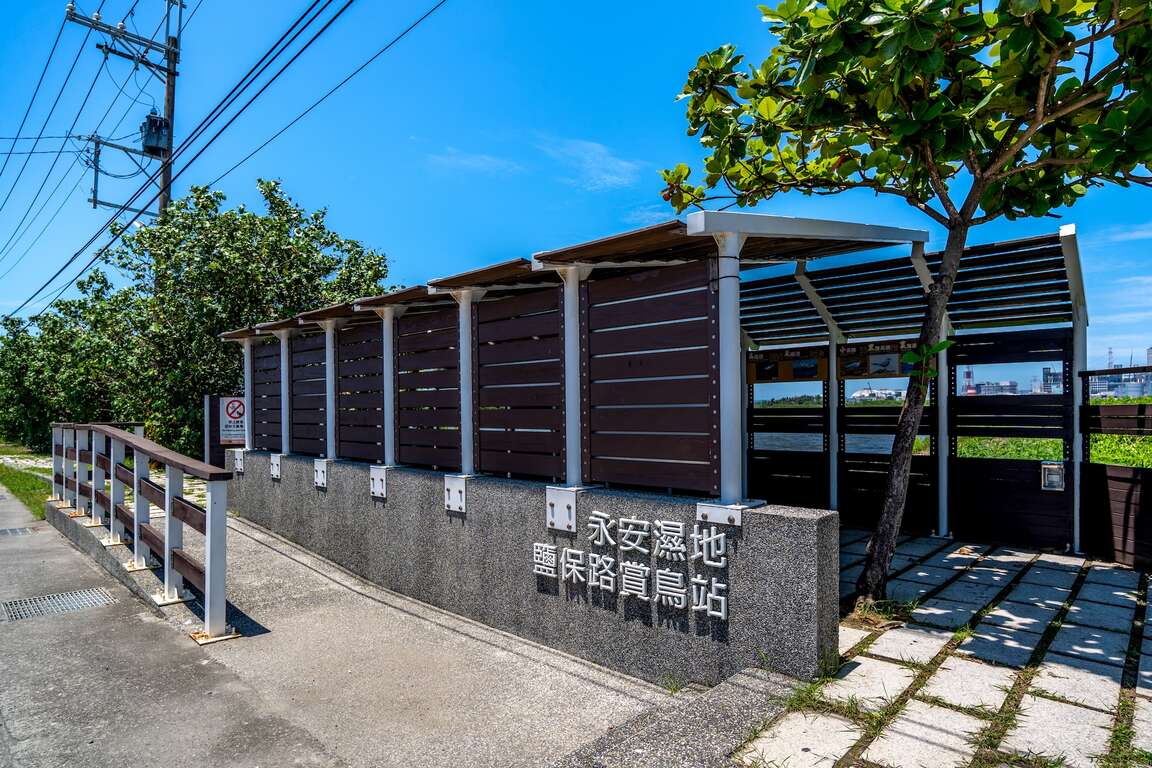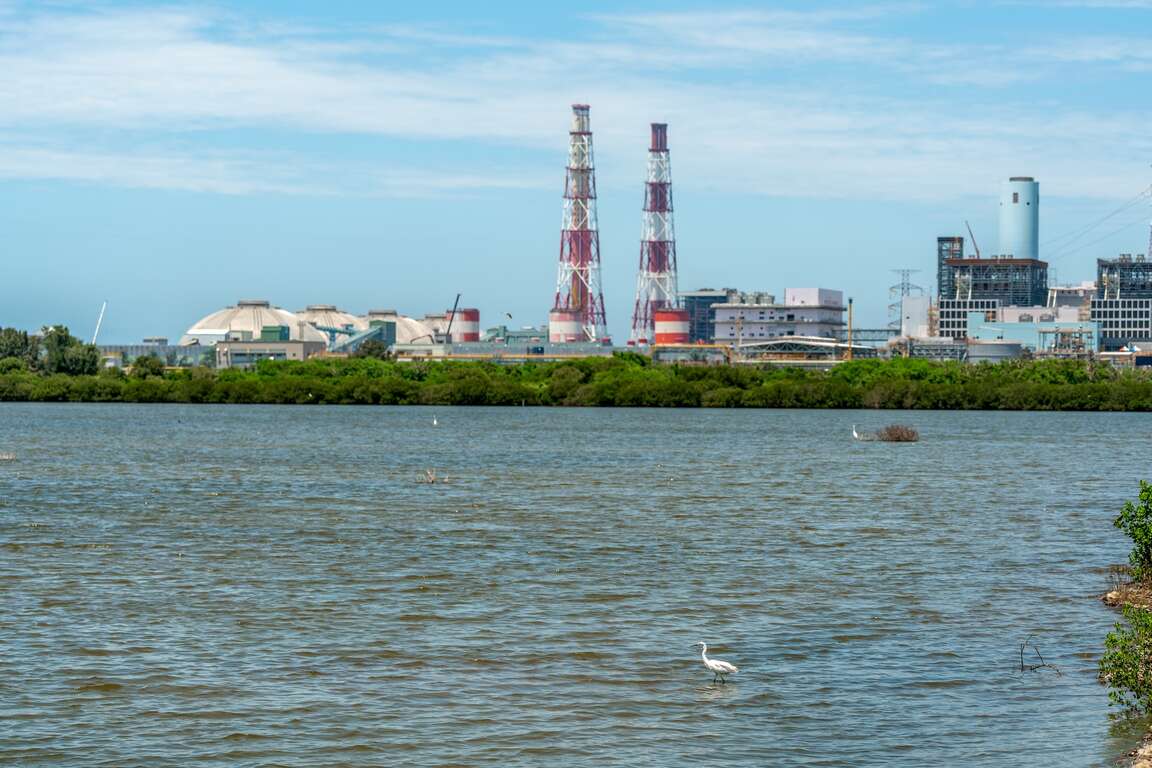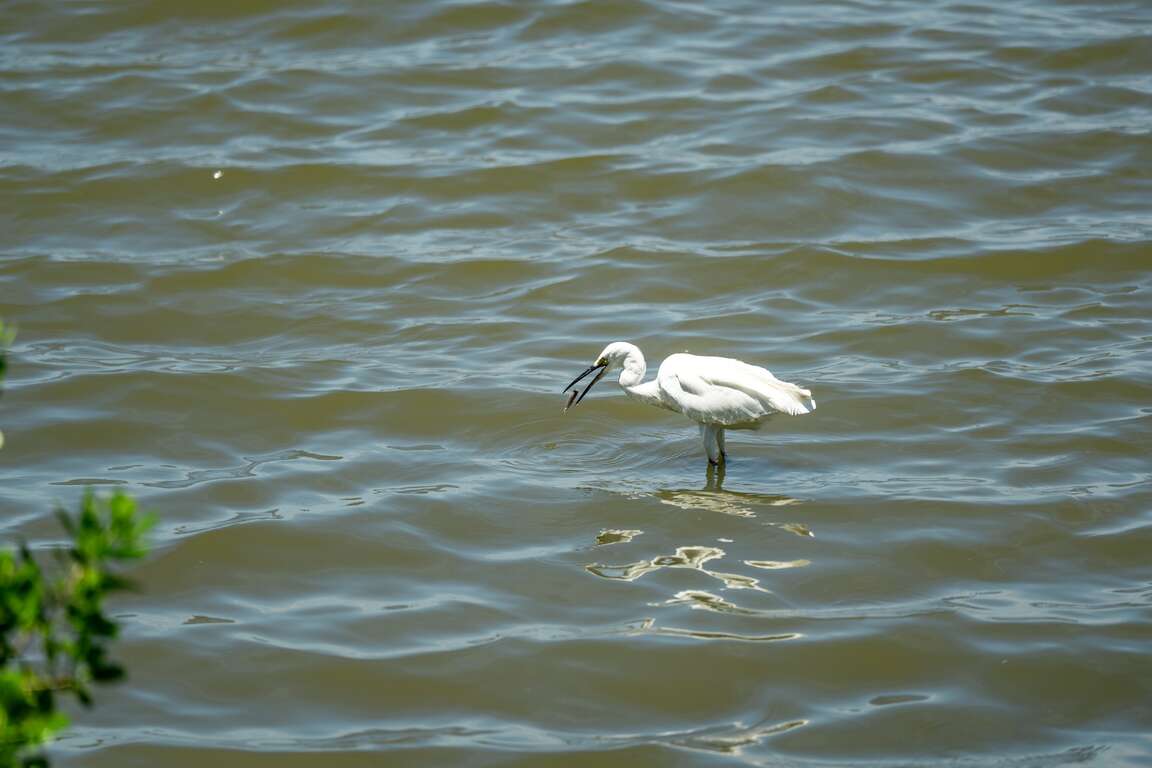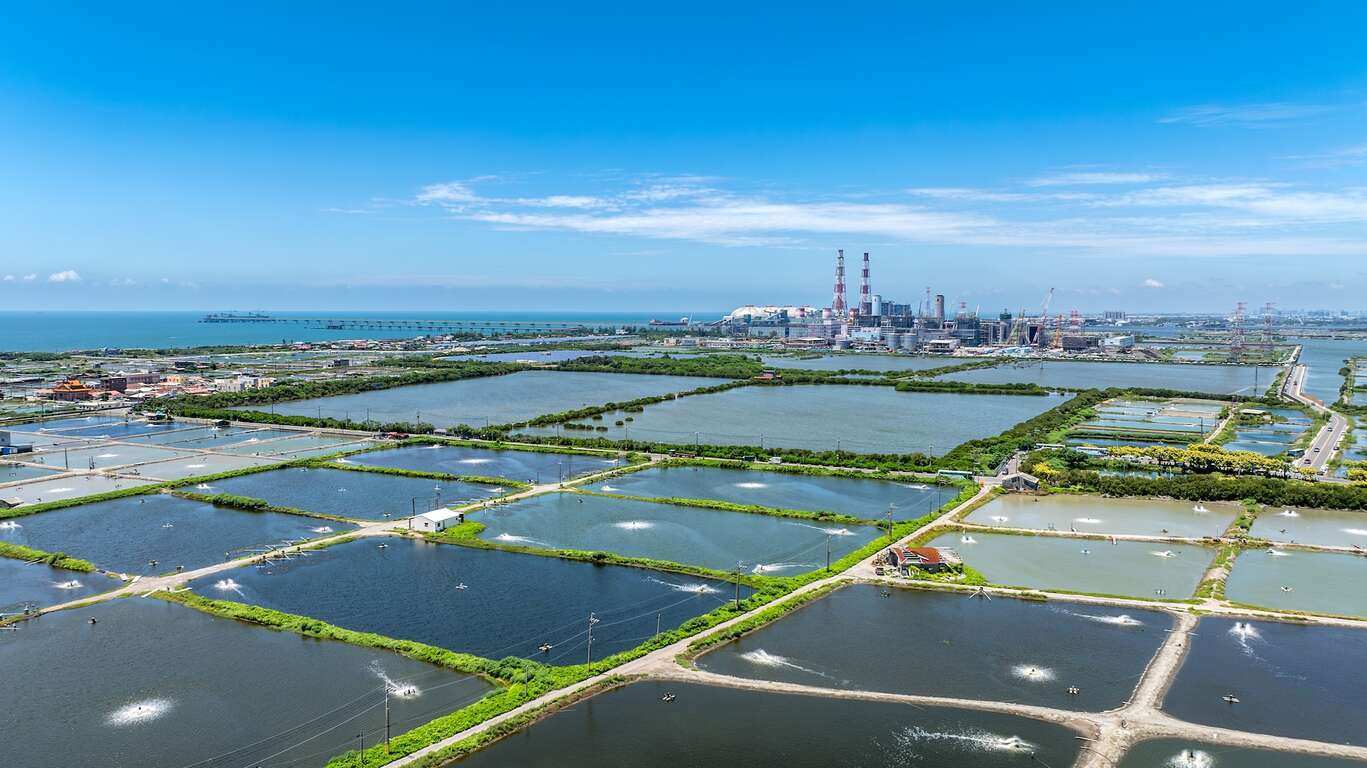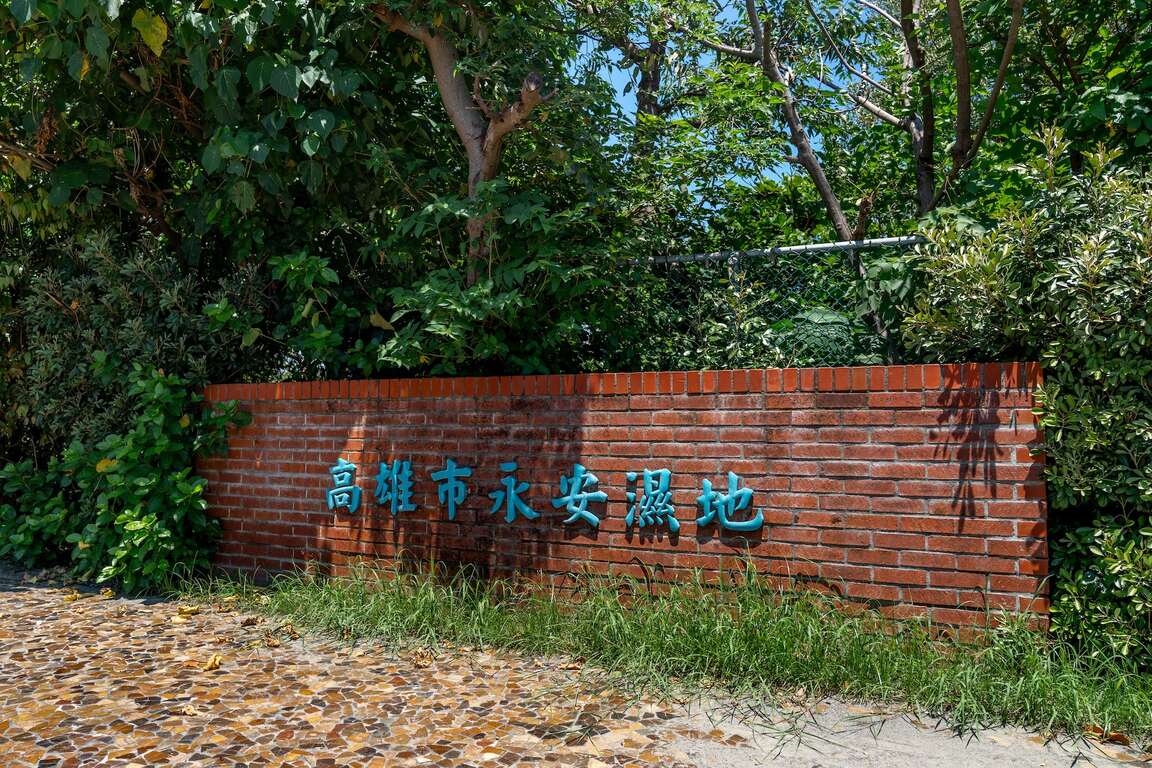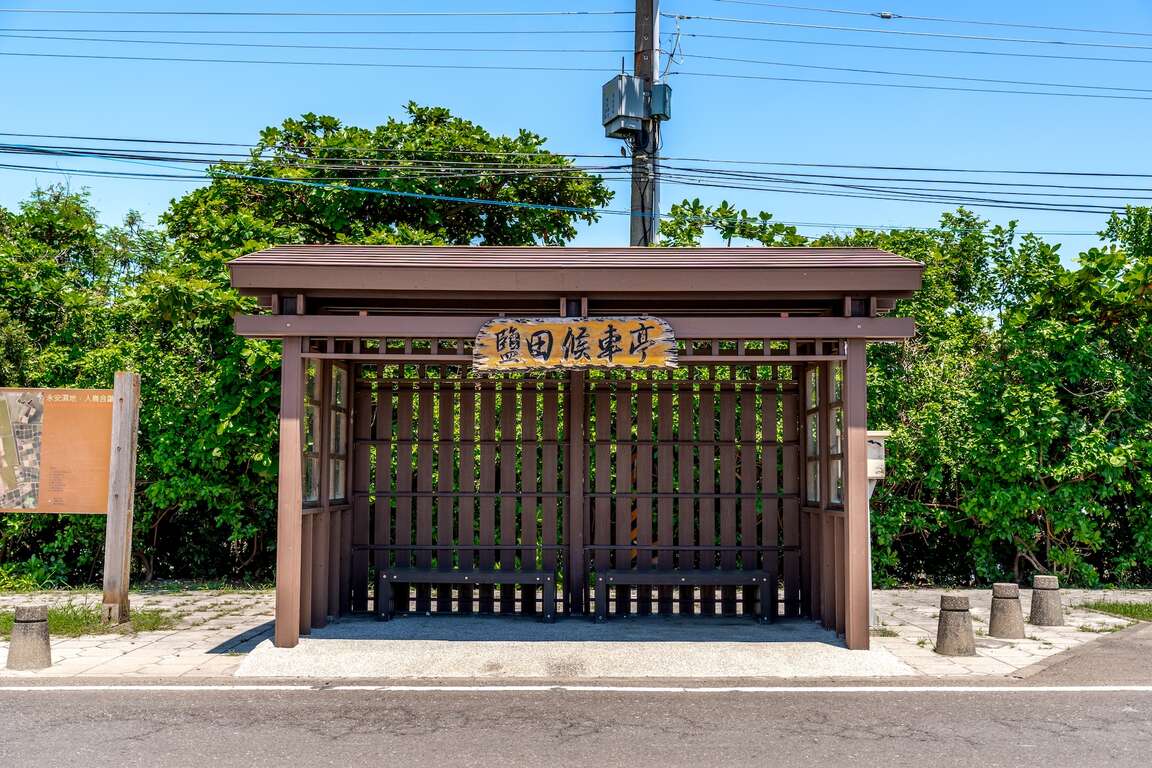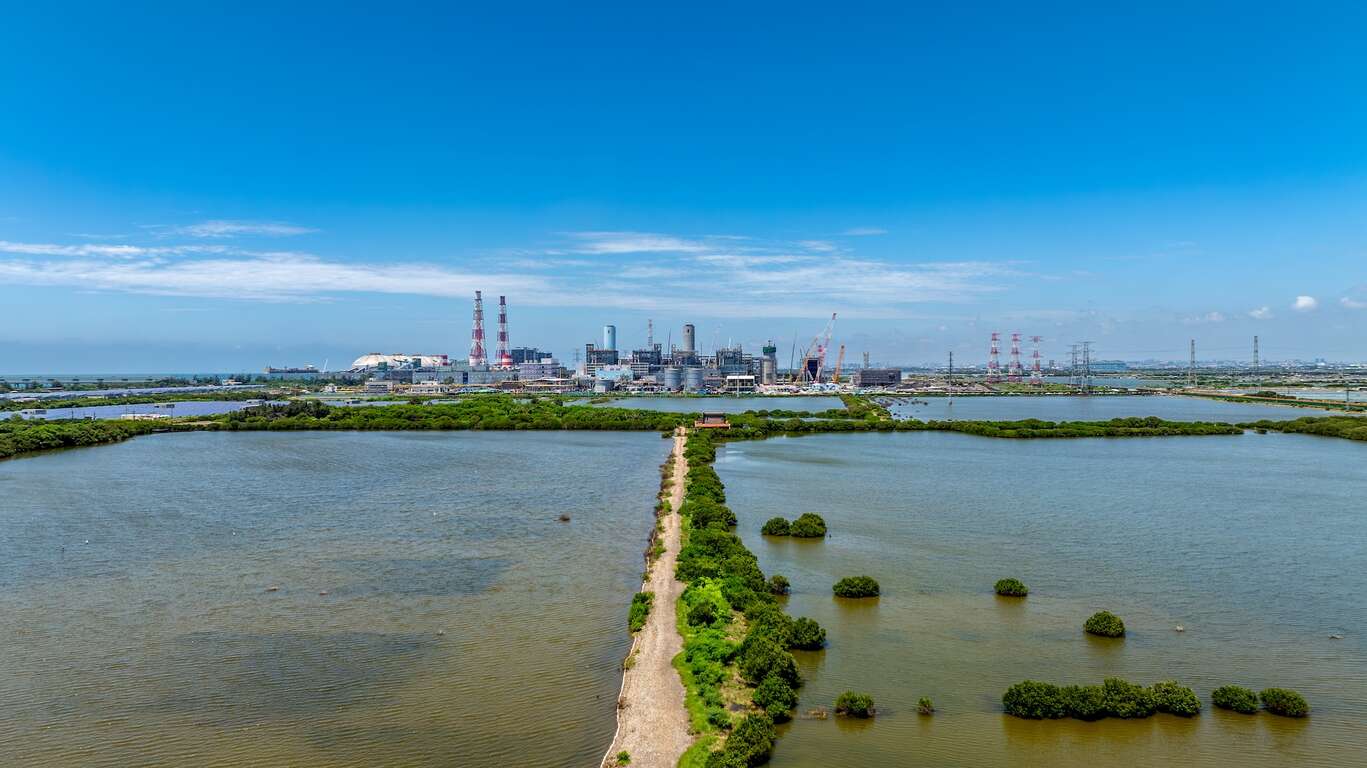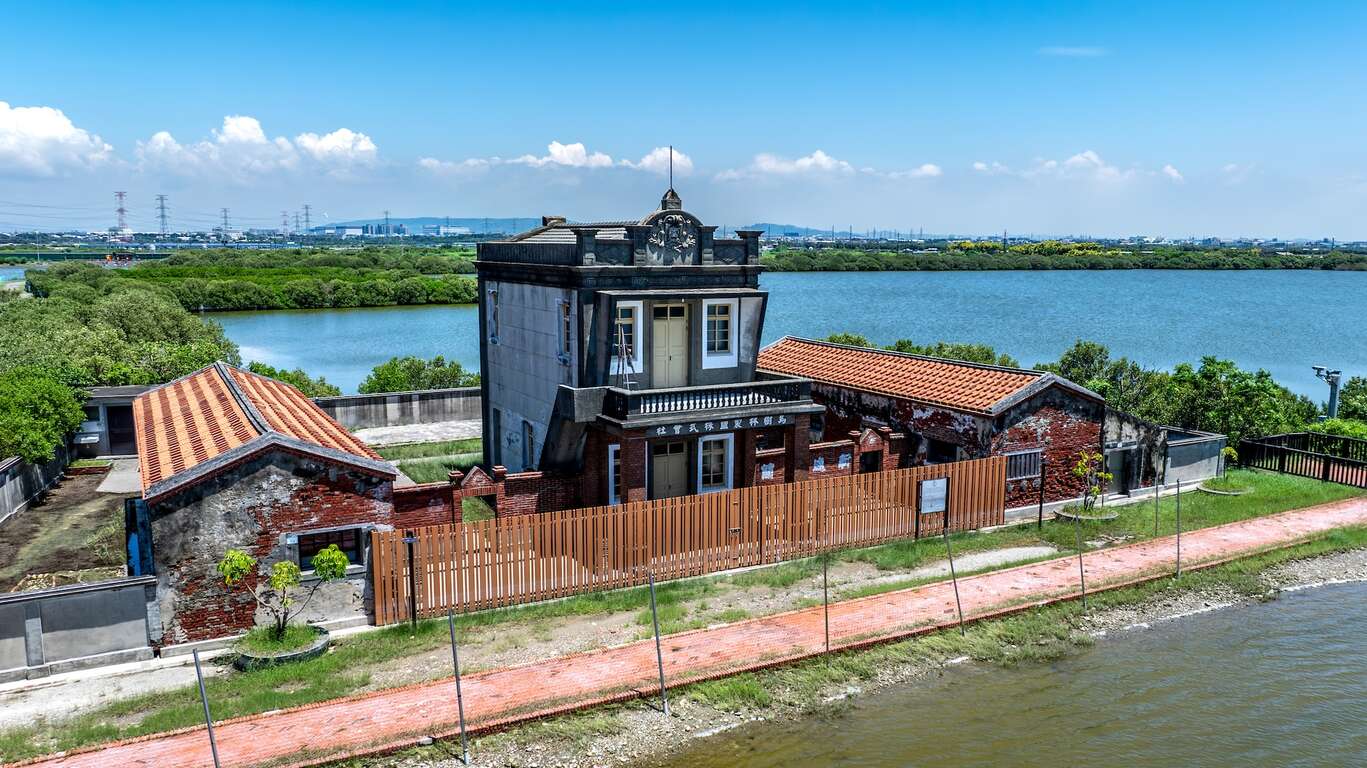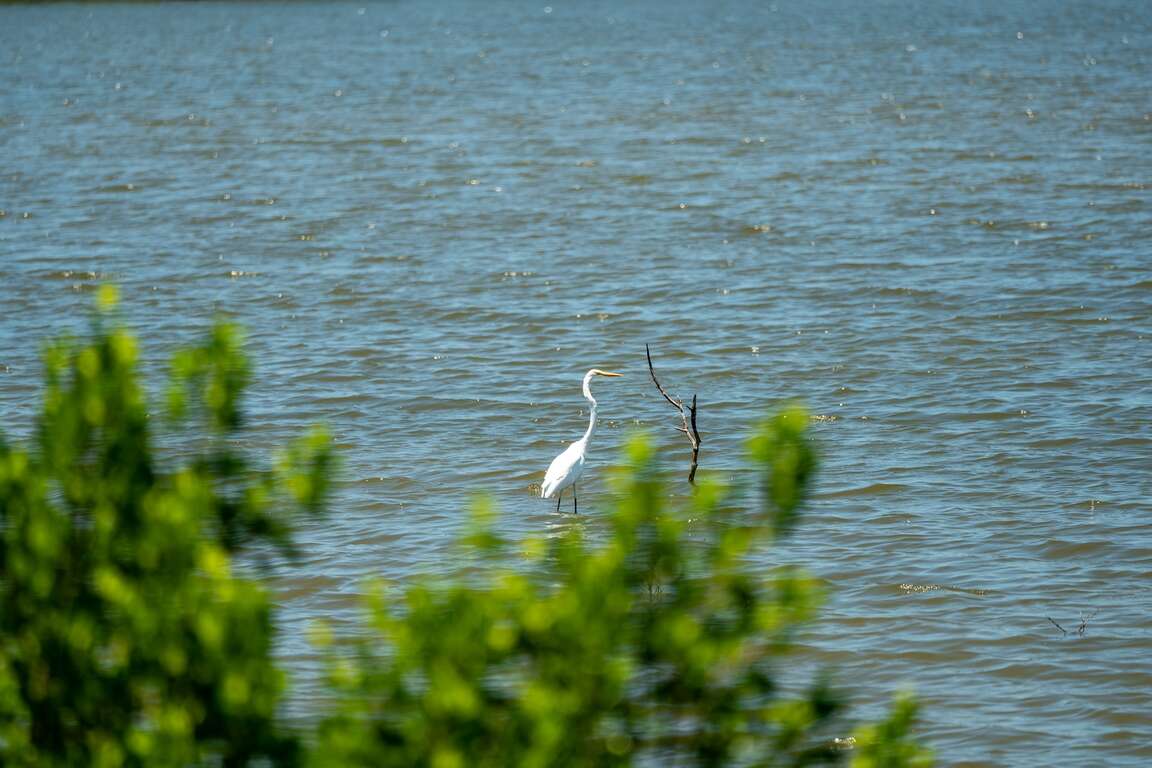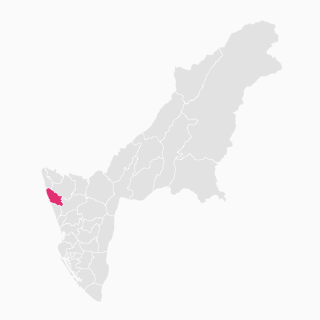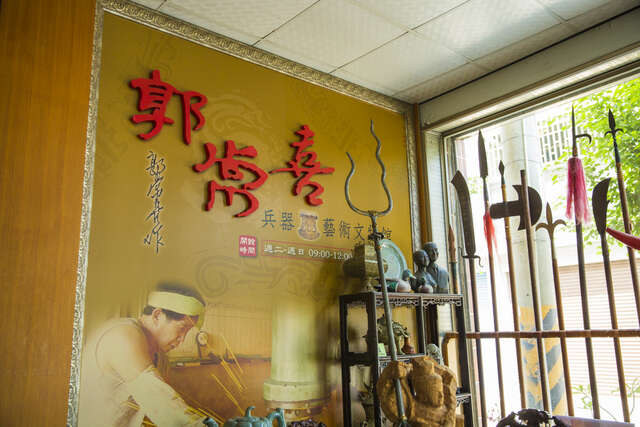The bird-watching observation pavilion in the wetland is a paradise for photography enthusiasts and ecological researchers.
Stroll through the wetlands at dusk, watch the sunset fall on the salt fields, and experience the peaceful and romantic beauty.
Enter the extensive salt flat wetland to observe the magnificent scene of migratory birds wintering.
A tour of century-old salt industry relics lets you witness Taiwan's salt field culture.

Wushulin Saltworks Co., Ltd
Located within the Yungan Wetland, the Wushulin Saltworks Co., Ltd (Field Office) is the most historically valuable building on this land. The field office adopts traditional European Dutch Baroque architecture, incorporating some Japanese styles, standing prominently in the center of the abandoned salt flats. However, after the salt fields were abandoned and exposed to sunlight, site management was lacking for a long time. Coupled with high salt environment erosion, the damage to buildings became increasingly severe and even became dangerous buildings at one point. With the improvement of local cultural awareness, Hsinta Power Plant began to pay attention to this historical relic and invested in restoration funds in 2006, allowing this century-old building to regain its former appearance and become an important historical relic, witnessing the rise and fall of Taiwan's salt industry.

Wushulin Salt Co., Ltd. has endured the Japanese rule period until today, with beautiful facades and exquisite stone-washing construction. Although people have long deserted the place, standing still in the vast expanse of tiled salt flats, you can still feel the historical atmosphere, as if telling the prosperity and glory of the salt industry in the past. It is an industrial building with deep historical and cultural value.

Yungan Mangrove Nature Park: The Symbiosis of Ecology and Human Rights
Yungan Wetland used to be a salt field area. Later, because the Taiwan Power Company set up the Hsinta Power Plant here, the coal ash pollution was severe, and it was impossible to dry the salt. In 1986, Taiwan Power Company planned to use this place as a coal storage piling site. Still, after residents and environmentalists came forward to stop it, it finally received support from the government to establish it as the "Yungan Mangrove Nature Park" in 1996. Today, this place not only witnesses Taiwan's industrial transformation but has also become the most abundant mangrove ecology area in Kaohsiung's coastal areas. Many kinds of birds and aquatic plants and animals live here. It is an important place to observe natural ecology and promote environmental education, and it also demonstrates the sustainable value of coexistence between humans and nature.


An ecological treasure land where mangroves and birds coexist.
Yungan Wetland has a rich mangrove ecosystem. It not only prevents wind and sand, protects embankments, and purifies water quality but is also an important habitat for many species. Taiwan's mangroves are mainly composed of kandelia, black mangrove, lumnitzera, and Rhizophora stylosa. Black mangroves and lumnitzera are more common in the south, forming a green barrier with a diverse ecology.

From October to April of the following year, rare migratory birds such as black-faced spoonbills migrate from the north, and their numbers peak from January to March, making this wetland an essential habitat for them to spend the winter and forage. Besides, Yungan Salt Field, the largest salt flat wetland in southern Taiwan, attracts more than 110 species of birds to stay. These include the first-class conservation species of Black-faced Spoonbills, Oriental White Stork, and Peregrine Falcons, as well as the second-class conservation species of Ciconia nigras, fish hawks, and little terns. Every spring and autumn, many migratory water birds of the family Scolopacidae and Charadriidaesettle are here, forming a spectacular bird-watching scene and attracting many nature lovers to explore.


With its rich ecological resources, Yungan Wetland was listed as an important wild bird habitat by BirdLife International as Important Bird Area (IBA) in 1999 and rated as an important local wetland by the Ministry of the Interior in 2018. This place not only has lush mangrove green corridors but is also a paradise for migratory birds to soar, fully demonstrating the vigorous vitality of the wetland ecology.

Opening Hours: Sunday:08:00 – 16:30
Monday:Off day
Tuesday:08:00 – 16:30
Wednesday:08:00 – 16:30
Thursday:Off day
Friday:08:00 – 16:30
Saturday:08:00 – 16:30
TEL: +886-7-6913037
Address: No. 81, Yongda Rd., Yong'an Dist., Kaohsiung City Taiwán, R.O.C
Related Links: Official website Facebook Page
- Viewing Deck
- Hiking Trail
